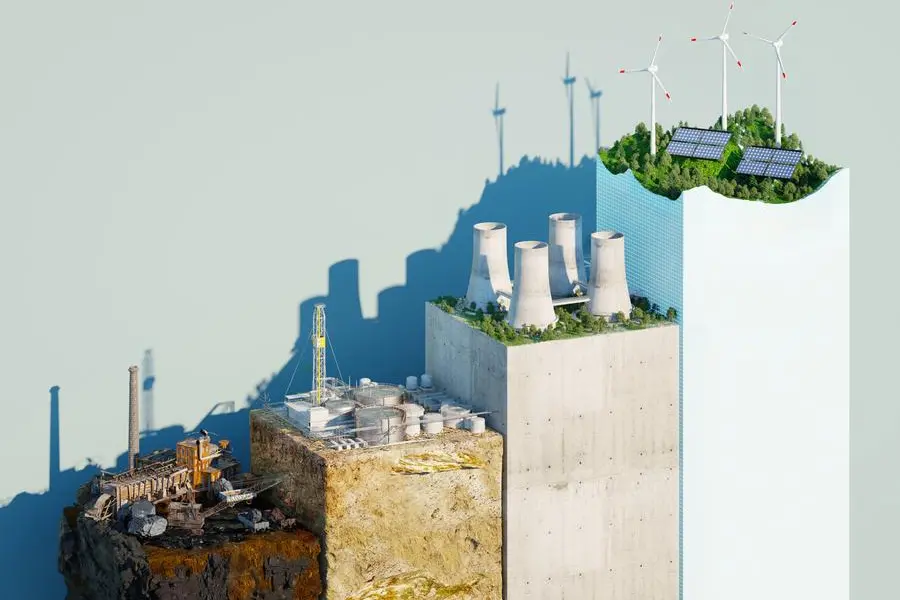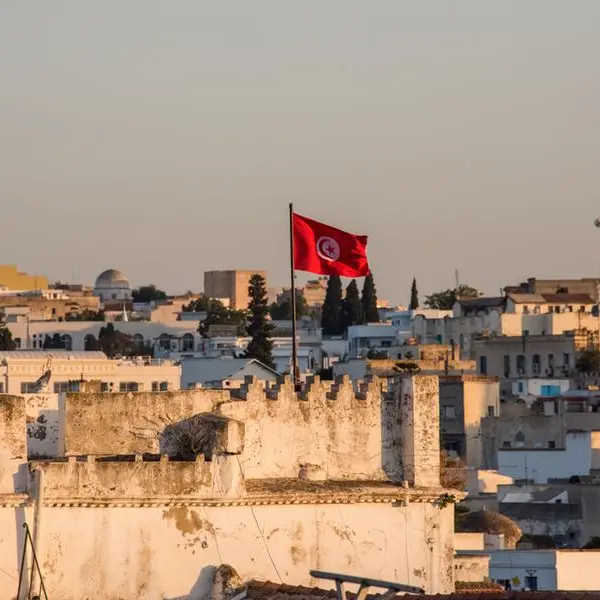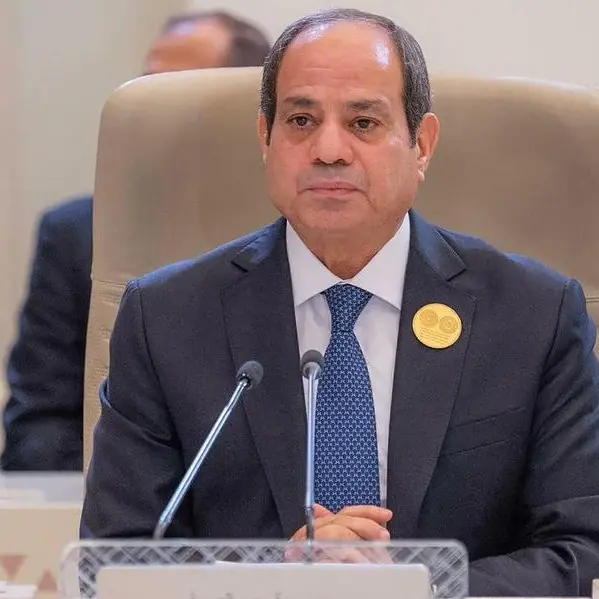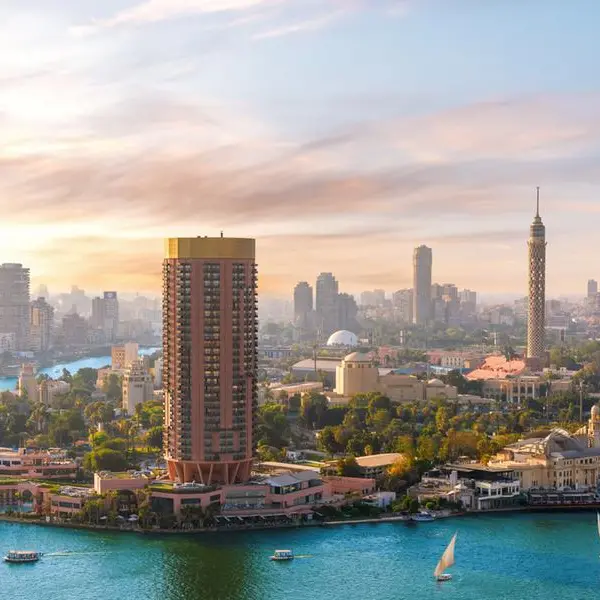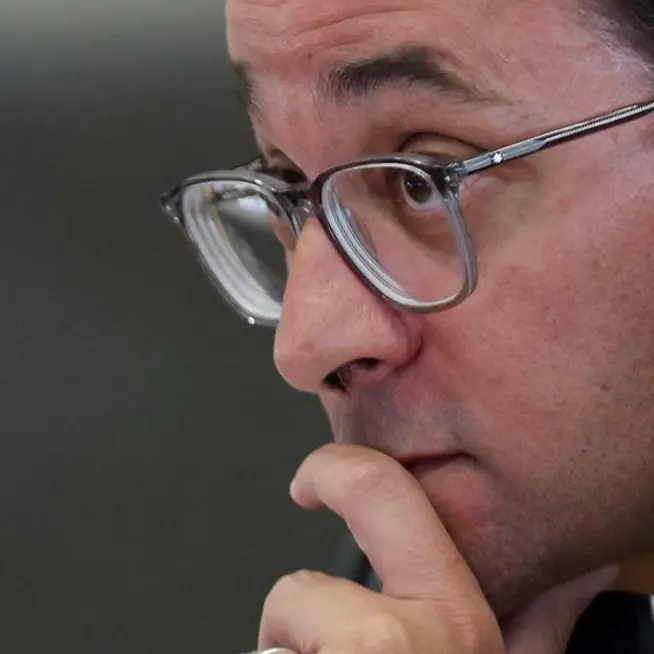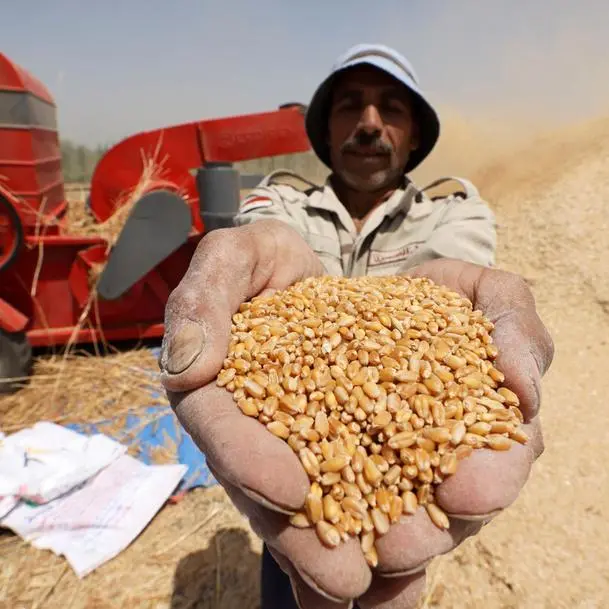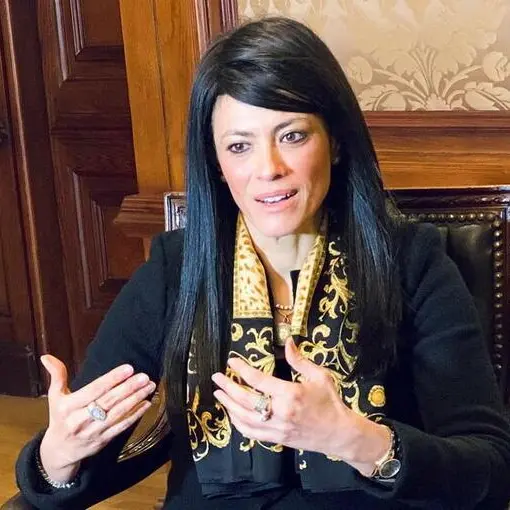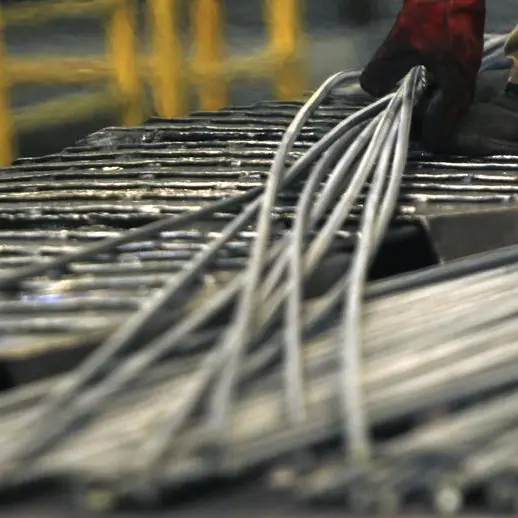PHOTO
Heidelberg Materials Egypt, previously known as the Suez Cement Group of Companies, has adopted a new strategy after rebranding. The strategy is based on two main pillars: “sustainability” and “digitization”.
Mohamed Hegazy, Managing Director of Heidelberg Materials Egypt, has revealed that the group’s strategy towards carbon neutrality involves a focus on providing new solutions and products to reduce carbon emissions.
In an interview with Daily News Egypt, Hegazy stated that the group’s goal is to reduce carbon emissions by 20% this year. The group had already achieved a reduction of 25% in emissions during the past year. The company aims to have 90% of its products with low-carbon emissions.
He added that the group is adopting the strategy of its parent group, which has committed to reducing its net carbon dioxide emissions per ton of cement by 30% by 2030. This is in line with the goals of carbon neutrality in the building materials industry and the provision of low-carbon products, which are top priorities for both the company and the group’s future plans.
Hegazy stated, “We are a group that offers numerous services and products, not limited to cement production. Our most important attribute is being open to new opportunities and having the ambition to play a leading role in the transition process. We go beyond conventional frameworks to enhance innovation and strengthen our group’s foundation, together with our customers and other stakeholders.”
“The plans of Heidelberg Materials are not limited to introducing new products but also extend to production inputs, alternative fuels, and energy solutions. In particular, the group’s managing director emphasized the importance of reusing waste energy from furnaces,” he added.
Hegazy has revealed that the group is in the final stages of launching a waste thermal energy recovery project at the Helwan plant. The project is expected to start operating during the first quarter of 2024, with investments exceeding $25m. It will focus on converting waste heat resulting from production operations into electrical energy that can fulfil 30% of the plant’s energy requirements.
Hegazy explained that the wasted energy recovery system will help reduce carbon dioxide emissions by reducing the carbon footprint associated with providing electricity to the Helwan plant, rather than direct emissions from the factory. He estimated that this system would reduce carbon dioxide emissions by more than 40,000 tonnes annually. In addition, the system will reduce the burden on the state during times of high heat by providing electricity to the homes surrounding the Helwan plant. This will also reduce electricity consumption and promote sustainability.
In addition, the group has converted its trucks to run on compressed natural gas. This contributes to a reduction in the carbon footprint and results in a decrease of 13% in carbon dioxide emissions, according to Hegazy.
Hegazy revealed that approximately 30% of the group’s sales are allocated to national projects, 20% to the individual sector, and 50% to the private sector.
He noted that the completion of several new cities has caused a decline in the demand for cement recently. It decreased by about 9% in the first half of this year and declined by about 12% in the first four months of this year. Hegazy expects a decrease of up to 7% by the end of the year. He explained that government projects have been the main driver of local demand since 2017.
The company’s sales volume to individuals has decreased significantly, now representing only 20% of total sales instead of the previous 50% before 2016. This decline is due to the suspension of building permits, which has impacted the sector’s activity. It is worth noting that the suspension of building permits is a necessary step for architectural regulation, and legalizing conditions is an important requirement for the sector’s health.
It is likely that there will be a decrease in global demand for cement in the next year. This will be prompted by the usual state of recession that follows high levels of inflation, with expectations of a decline in export volumes.
The majority of the group’s production is directed to the local market, with the remainder being exported. The group’s factories have a total annual production capacity of over 10 million tonnes. However, due to the government’s decision to rationalize cement production capacity and reduce the surplus supply, the group’s production capacity has decreased to approximately 7 million tonnes for both the local and export markets. The government, represented by the Industrial Development Authority, the Agency for the Protection of Competition, and the Prevention of Monopolistic Practices, issued Resolution No. 56 of 2021 to rationalize the total cement production capacity of operating factories in Egypt.
He pointed out that Egypt’s production capacity is estimated at 85 million tonnes annually, while domestic consumption and exports do not exceed 50 million tonnes annually. This has prompted the government to reduce production to protect the industry from losses.
He added that companies need to plan for the future over many years, so the time period must be clear. This allows companies to make investment decisions and develop long-term plans.
Furthermore, the group faces the challenge of expanding exports. He urged the group to seek new markets for export as part of its plan to increase sales. With the local market saturated and surplus production, the company has doubled its exports of clinker and cement during the first half of this year. This is more than double from last year, despite strong competition with regional cement-producing countries, including Turkey, Saudi Arabia, and Algeria. The improvement in demand for cement during the current year provides an opportunity for the company to take advantage of this trend.
The group’s objective is to expand its export markets, particularly in Africa, focusing on West African countries. The group also plans to open markets in the United States of America, South America, Libya, and Europe. However, there are challenges related to competition with Turkey and logistics, according to Hegazy.
The main challenge facing the company is collecting export subsidies, as the company’s dues to the export subsidy program exceed EGP 800m. The group looks forward to receiving its arrears of export subsidies to advance the industry.
Hegazy emphasized that the delay in collecting the group’s dues from export support affects the company’s working capital cycle. Nevertheless, the parent group provides full support to avoid such impacts.
Additionally, there is an open credit facility with the parent company valued at $250m to provide production requirements, especially since the cement industry requires large amounts of dollars. The company’s annual dollar needs are estimated to range between $120m to $130m.
The cement industry, which relies on coal as fuel, is facing difficulties in importing coal for power generation. Coal represents about 70% of the cost of cement production, which has led to a price hike. Additionally, freight operations contribute significantly to the price rise.
The rise in cement prices locally during the recent period is mainly due to the doubling of the cost of energy and raw materials, along with natural inflation in all other inputs. With the doubling of the energy cost, the cost of clinker production doubled by the end of last year.
The group provides coal through imports from abroad, which have witnessed record global increases that amounted to more than double compared to last year due to the change in currency price and the lack of quantities available in the global market caused by the war between Russia and Ukraine. The company has a local contract to provide petroleum coal, and payment is also made in dollars.
Hegazy stressed that the group relies on integrating alternative fuels into the energy mix, which helps ensure a low-carbon transmission that is commercially viable and contributes to reducing carbon dioxide emissions for the group. The group aims to increase the use of alternative fuels, especially since all the operating furnaces are equipped to feed with alternative fuel materials.
The managing director emphasized that the group is one of the pioneers in using alternative fuels in its main incinerators. The company currently consumes between 250,000 and 300,000 tonnes of alternative fuels each year and aims to increase this amount in the near future.
However, he noted that the group faces an obstacle in terms of availability and quality of alternative fuels. There is not enough treated municipal waste and other types of alternative fuels to increase the rate of replacement of conventional fuels.
In a related context, Hegazy revealed that the group plans to invest around €17m to €18m this year to improve the production process. He explained that despite the high demand for cement, the company has not yet become profitable. The plan to achieve profitability was impacted by the repercussions of the Russian-Ukrainian war and its impact on the global economy.
The group owns 52% of Ready Mix Beton Company, which produces approximately 1.2 million cubic meters of ready-mixed concrete, accounting for over 16% of the Egyptian market share. This presents an unparalleled opportunity for diversification and expansion in the ready-mixed concrete sector, as the company has the potential to grab a share of the government’s plan to replace asphalt roads with concrete.
The government’s plan to convert road infrastructure from asphalt to concrete is a positive development, as concrete is the global standard for road safety.
With regard to the Tourah Factory, the company is assessing the balance of supply and demand in the local market to determine the possibility of resuming production at the Tourah Portland Cement Company. Currently, the factory remains closed, and the group is closely monitoring the situation.
The parent group places special attention on the company in Egypt as it represents the third largest volume of production in the parent group, following Indonesia and India.
In 2021, the group also launched new cement products, “pozzolanic and finishing,” which have lower carbon dioxide emissions. These products are characterized by a low percentage of clinker, which contributes to reducing the carbon footprint.
Last year, the group obtained the environmental disclosure certificate for its products in accordance with the international standards of the International Organization for Standardization – ISO. This certificate describes our products as “environmentally friendly” and is officially compatible with international ISO standards. These products help reduce carbon dioxide emissions by 25% compared to conventional cement products.
© 2022 Daily News Egypt. Provided by SyndiGate Media Inc. (Syndigate.info).
